February 22, 2019
Let’s see the ball and coil homework
Let’s see now the second homework
Turtle Graphics

Turtle Graphics in 1967

Created by Seymur Papert and Cynthia Solomon
MIT’s Artificial Intelligence Laboratory
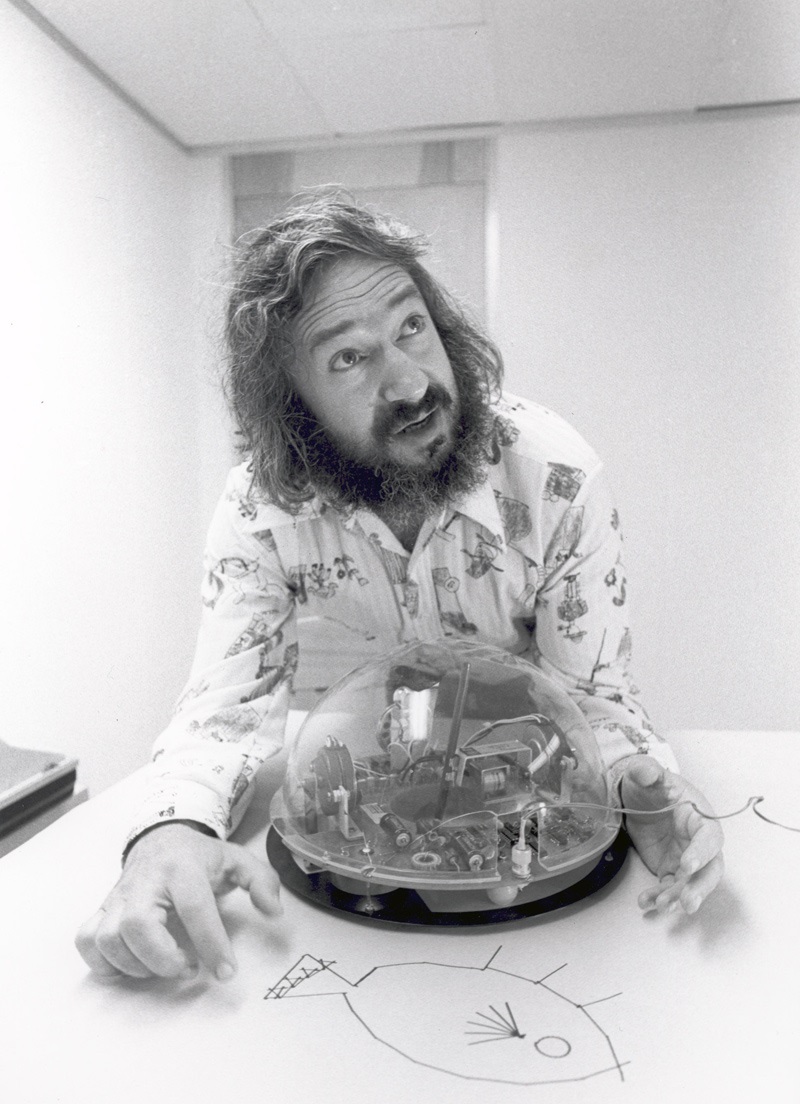

… to teach children …
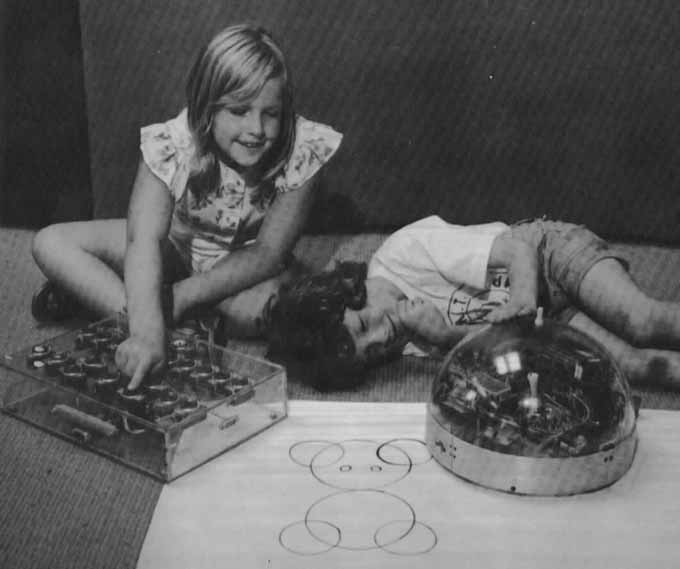
… how to think with computers
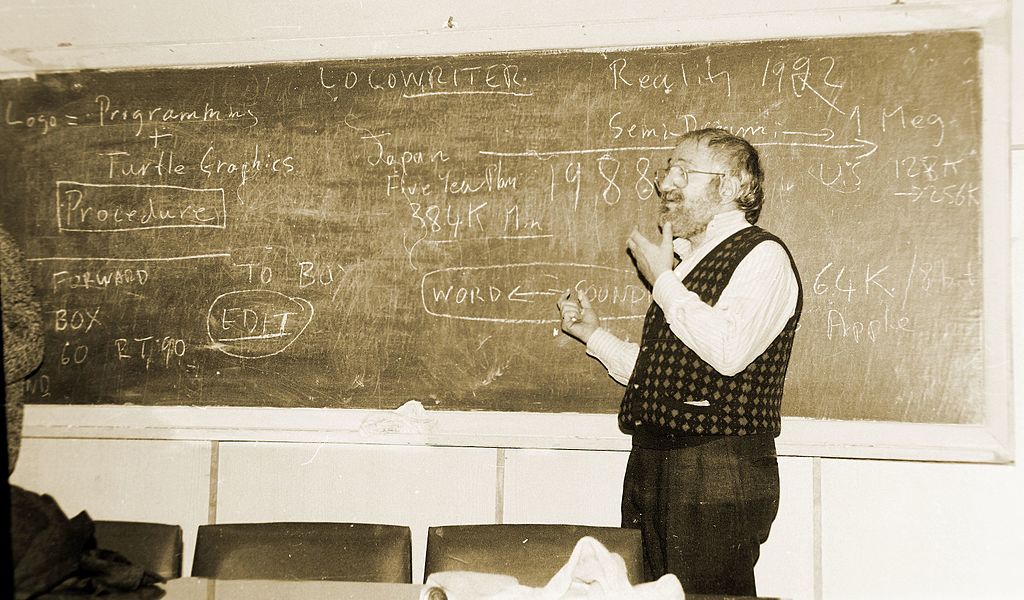
Key parts of computational thinking
- Decomposition
- breaking down a complex problem or system into smaller parts
- Pattern Recognition
- looking for similarities among and within problems
- Abstraction
- focusing on the important parts only, ignoring irrelevant detail
- Algorithms
- developing a step-by-step solution to the problem
You can make your own turtle
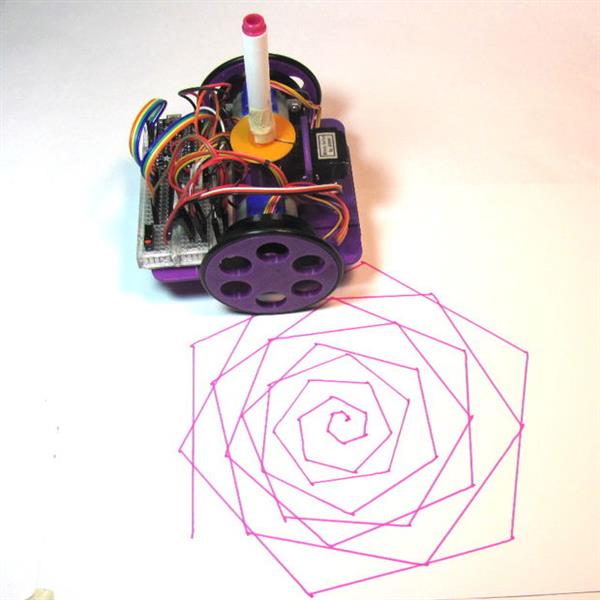
Drawing Stars
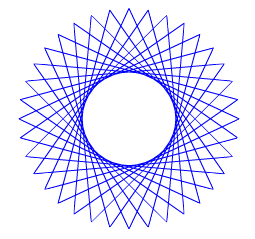
Stars
Write a script that make the cat do the following:
- put the cat at coordinates (0,150)
- hide the cat
- clear any existing drawing
- put the pen down
- point in direction 130 degrees
- repeat 40 times
- move 200 steps
- turn right 130 degrees
You can also have a turtle in R
You can install TurtleGraphics in R with this command
install.packages("TurtleGraphics")
Then you load into the session using
library(TurtleGraphics)
Now you start a new “terrarium” with
turtle_init()
Turtle lives in a terrarium
Set Up a new Terrarium
turtle_init(width = 100, height = 100, mode = "error")
- width
- numeric; plot width.
- height
- numeric; plot height.
- mode
- character string; one of “error”, “clip”, or “cycle”.
- We will explore these options later
The turtle can move
- Move the Turtle Forward or Backward
turtle_move(10)move (10) steps- Turn (Rotate) the Turtle
turtle_right(15)turn cw (15) degreesturtle_left(15)turn ccw (15) degrees- Set the Turtle’s Position and Direction
turtle_goto(0,0)go to x:(0) y:(0)turtle_setangle(90)point in direction (90 v)turtle_setpos(0,0)Move without drawing
She can draw and hide
- Pen commands
turtle_up()pen upturtle_down()pen down- Display Options
turtle_col(0)set pen color to (0)turtle_lwd(1)set pen size to (1)turtle_lty(1)Change line type- Show or Hide the Turtle
turtle_hide()hideturtle_show()show
Where is the Turtle?
- Get the Turtle’s Current Position and Direction
turtle_getangle()(direction)turtle_getpos()(x position)(y position)
“Turbo” Mode
Evaluate a Larger Portion of Turtle Drawing Code
turtle_do({code here})
Let’s redo the triangles on R
By default the terrarium size is 100,100
turtle_init()
In R, the turtle is not at (0,0)
turtle_getangle()
angle
0
turtle_getpos()
x y 50 50
So we have to adapt our code (how?)
Terrarium has borders
turtle_move(80)
Error in .turtle_draw_error(distance, curX, curY, curAng, curGp, curDraw, : The Turtle escaped from the terrarium. :-(
We can relax the border control
turtle_init(mode = "clip")
Here we work on Rstudio
Please write in paper what we do on Rstudio
What happens when the turtle gets out?
Since the turtle is at (50,50),
How do we change our code?
Decomposition
Separating a complex problem into smaller, more manageable parts
Here we separate a complex figure into many smaller parts
Pattern recognition
Is this problem similar to another?
Are there parts of this problem that are similar to each other?
Please answer this question
Algorithms: loops
You already have seen a first algorithmic structure: loops
repeat (10)
which in R we write as
for(i in 1:10) {
...
}
Algorithms
The second algorithmic structure you can use are
- Sub-routines
- A group of specific steps grouped together
In R we represent sub-routines with functions
Functions
In Math and Informatics, a function is a “black box”

A rule to transform the input elements into an output
- e.g. logarithm of a number, length of a vector
The same input should produce always the same output
Notice that there may be more than one input element
Functions in R
In R functions are a type of data. We have
- numeric
- character
- logic
- factor
- formulas
- functions
- and others
To create a function we need to assign it to a variable
Function syntax
newFunc <- function(input) {
commands
commands
return(output)
}
The keyword return can be omitted
In that case the output is the result of the last command
Input values
- A function can get zero, one or several inputs
- They are mandatory, unless a default value is specified
- For example, if
my_func <- function(a, b=2) {return(a*b)}
my_func(3, 3)
[1] 9
my_func(3)
[1] 6
What if the input is wrong?
my_func()
Error in my_func(): argument "a" is missing, with no default
my_func(1,2,3,4)
Error in my_func(1, 2, 3, 4): unused arguments (3, 4)
Writing a function
Before writing the function we need to decide:
- the name of the function (it’s harder than it seems)
- which are the inputs
- what is the output
Then we can start writing the code
Computational Thinking
Source: https://www.bbc.co.uk/education/guides/zp92mp3/revision
What is computational thinking?
from BBC website
Computers can be used to help us solve problems
Before a problem can be tackled, we need to understand the problem itself and the ways in which it could be solved
Computational thinking allows us to do this
What is computational thinking?
from BBC website
Computational thinking allows us to take a complex problem, understand what the problem is and develop possible solutions
We can then present these solutions in a way that a computer, a human, or both, can understand
The four key techniques of computational thinking
decomposition
pattern recognition
abstraction
algorithm design
Decomposition
Breaking down a complex problem or system into smaller, more manageable parts
Pattern recognition
Looking for similarities among and within problems
Abstraction
Focusing on the important information only, ignoring irrelevant detail
Algorithm Design
Developing a step-by-step solution to the problem, or the rules to follow to solve the problem
Each cornerstone is as important as the others
They are like legs on a table
if one leg is missing, the table will collapse
Correctly applying all four techniques will help when programming a computer.
Computational thinking in practice
A complex problem is one that, at first glance, we don’t know how to solve easily.
Computational thinking involves taking that complex problem and breaking it down into a series of small, more manageable problems (decomposition). Each of these smaller problems can then be looked at individually, considering how similar problems have been solved previously (pattern recognition) and focusing only on the important details, while ignoring irrelevant information (abstraction). Next, simple steps or rules to solve each of the smaller problems can be designed (algorithms).
Finally, these simple steps or rules are used to program a computer to help solve the complex problem in the best way.
It is not about computers
Computational thinking is about problem solving
Almost any problem can be solved using computational thinking
For example: Sports, Projects, Science
Homework
Homework 2

Using R Turtle Graphics, write programs to draw:
- A house
- A person
- A pentagon
- A polygon of N sides
Filename must be homework2.R.
Send it to andres.aravena+cmb@istanbul.edu.tr
Write your student number in the email’s Subject